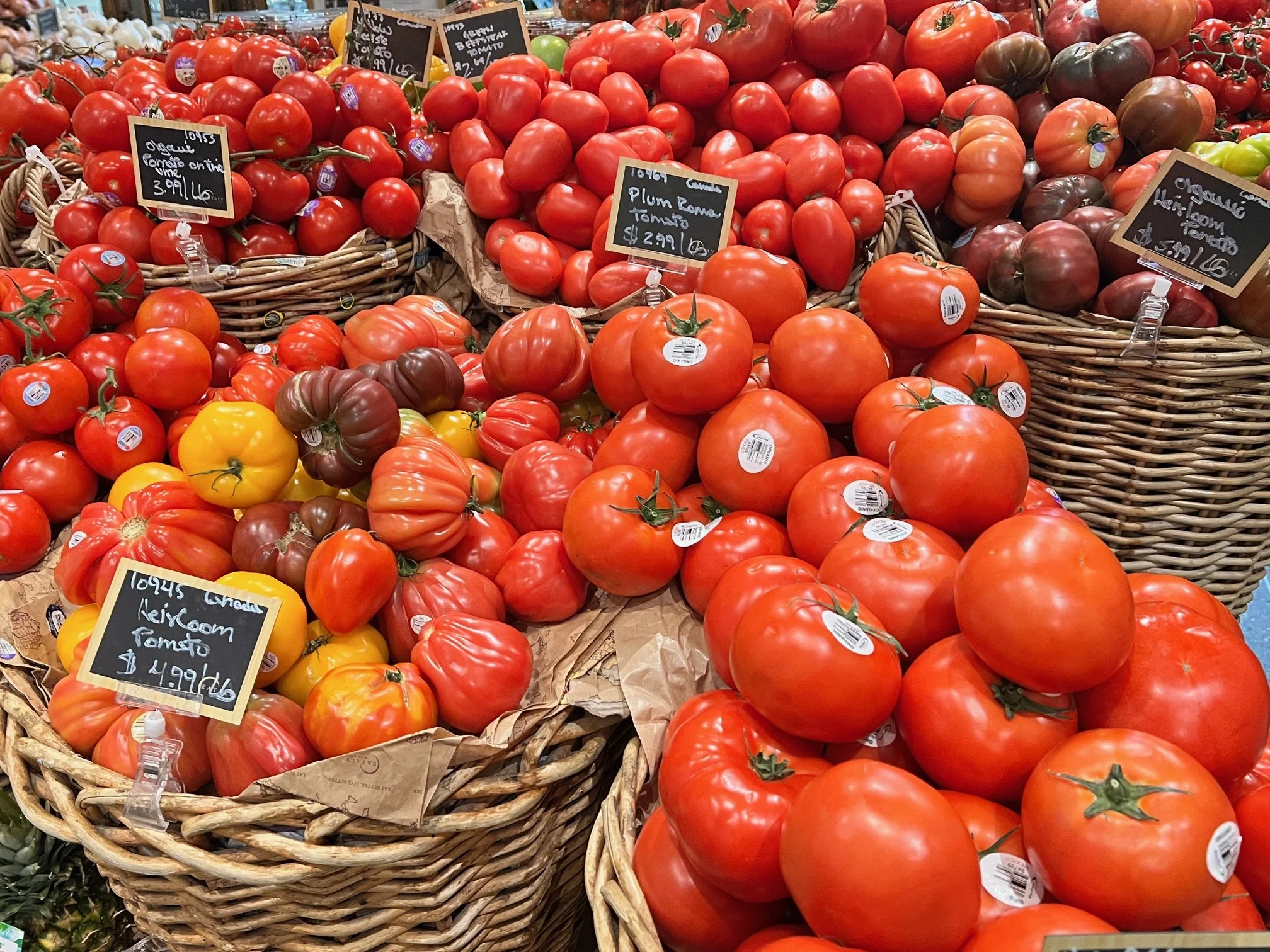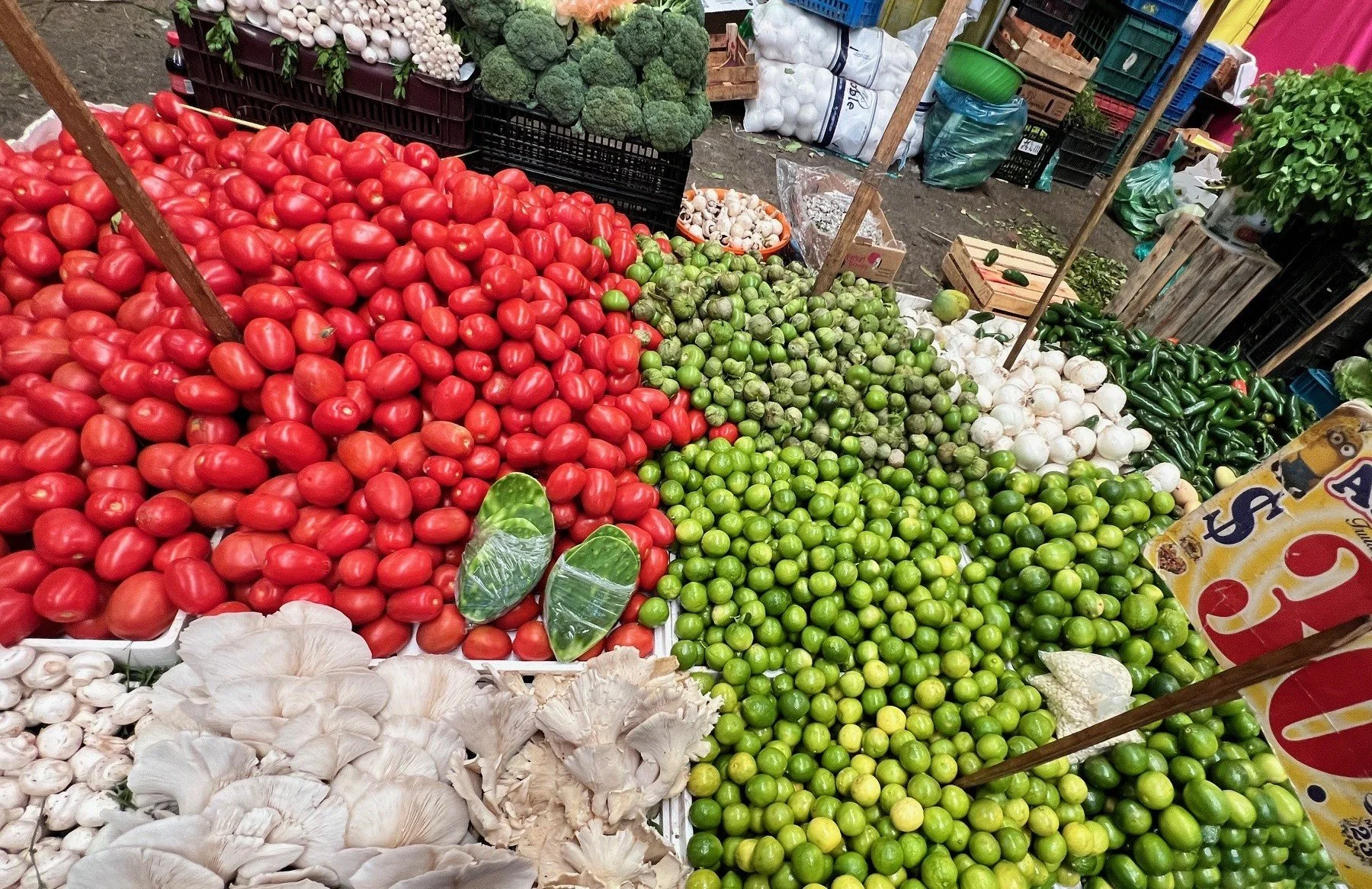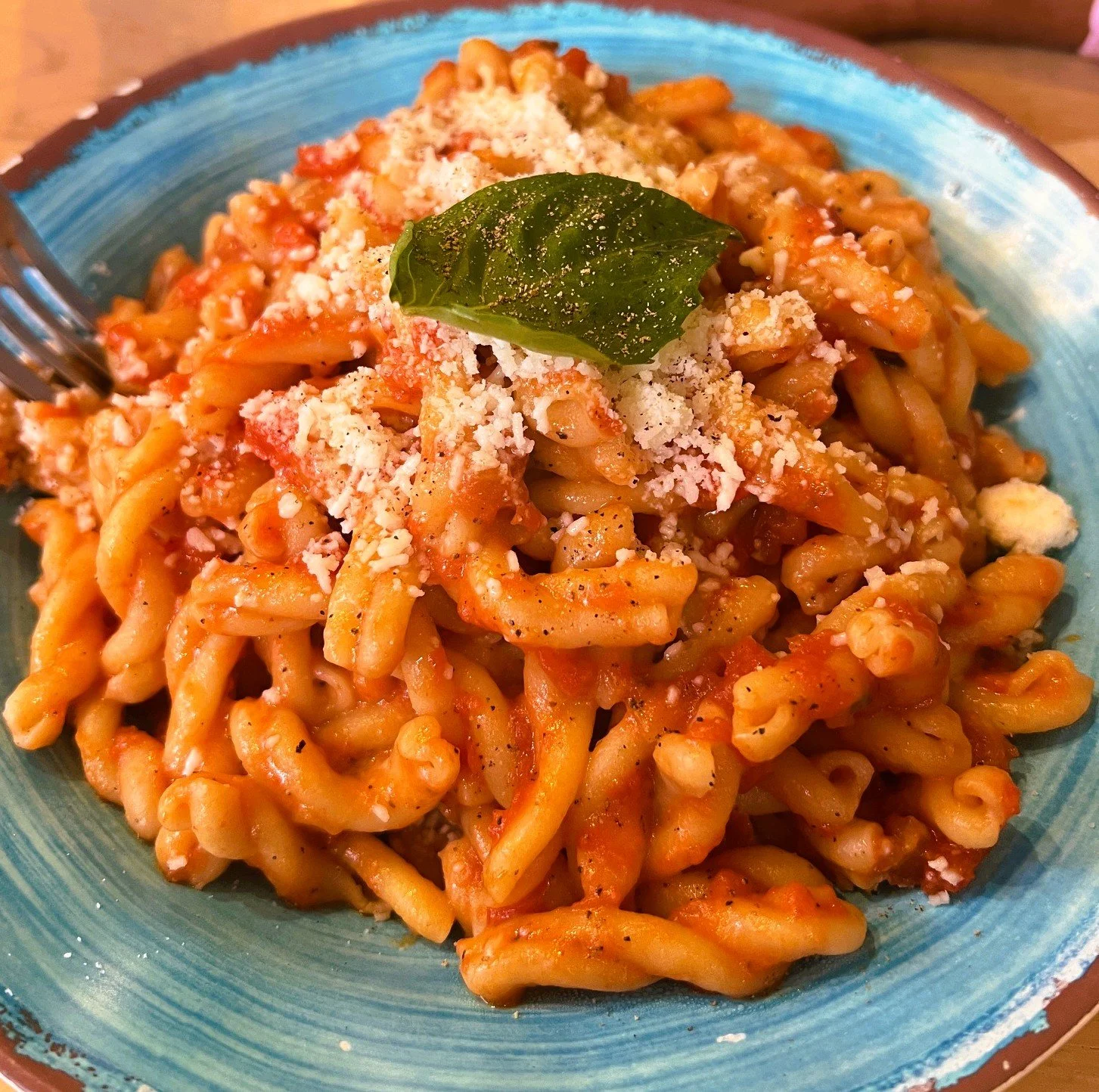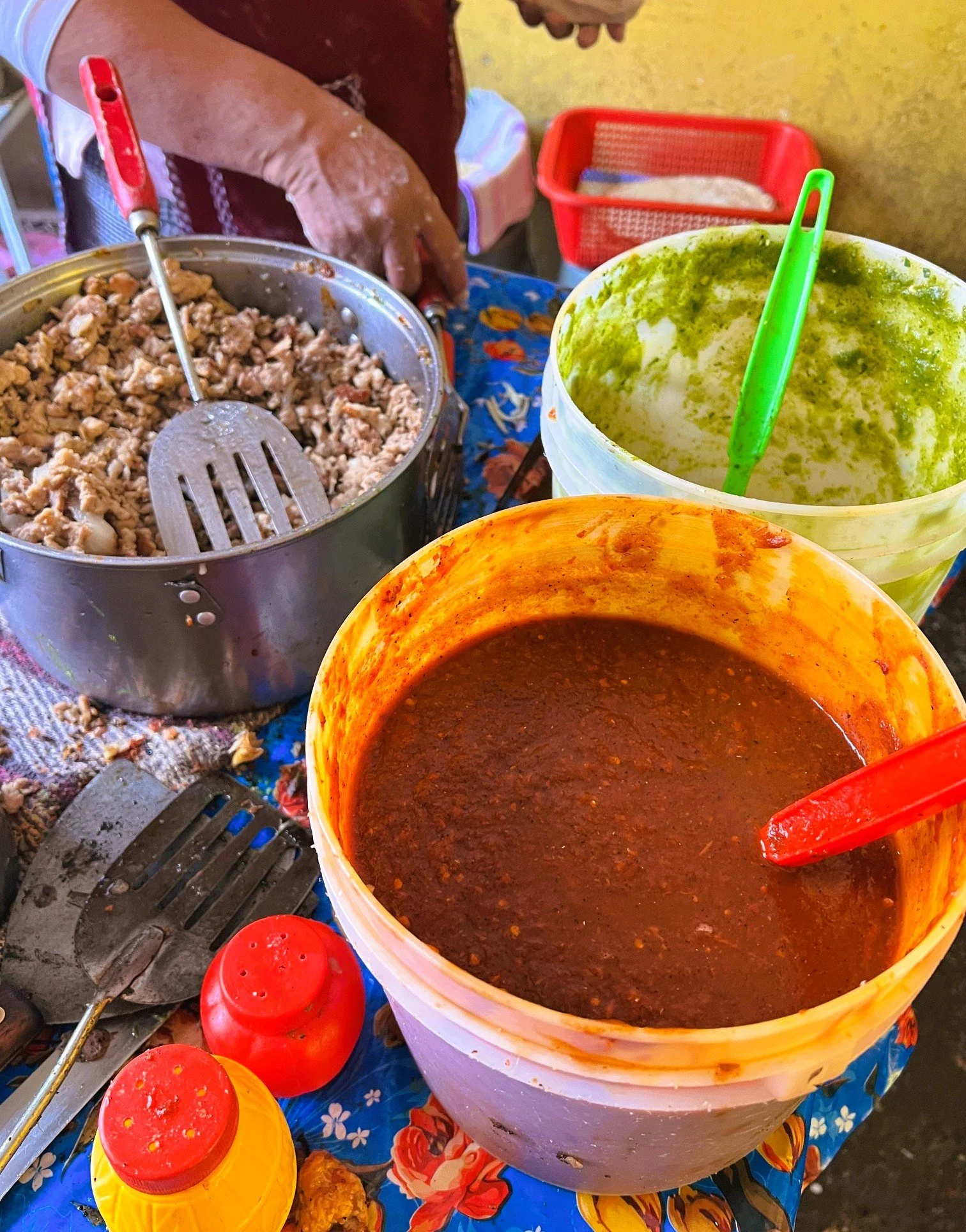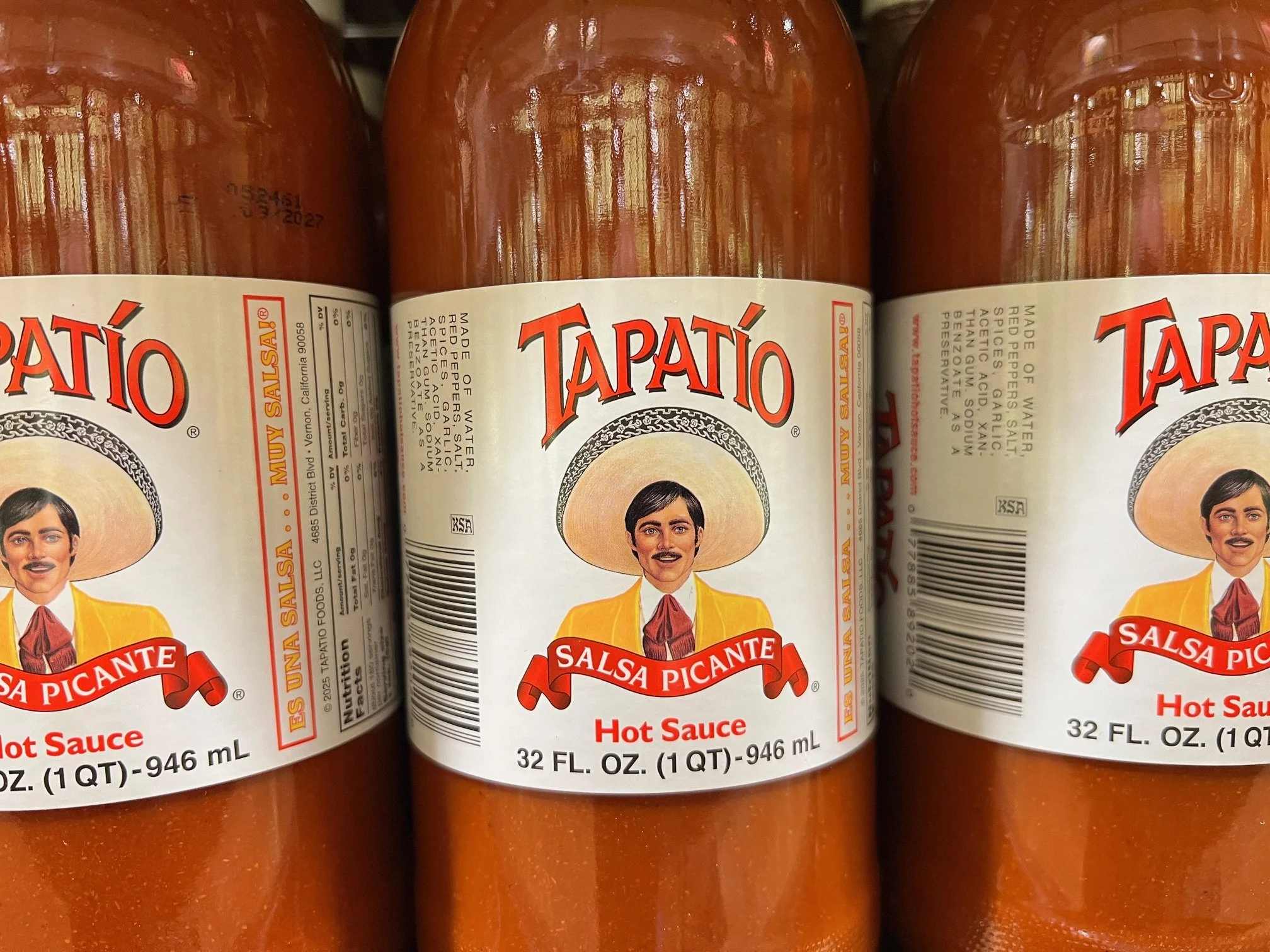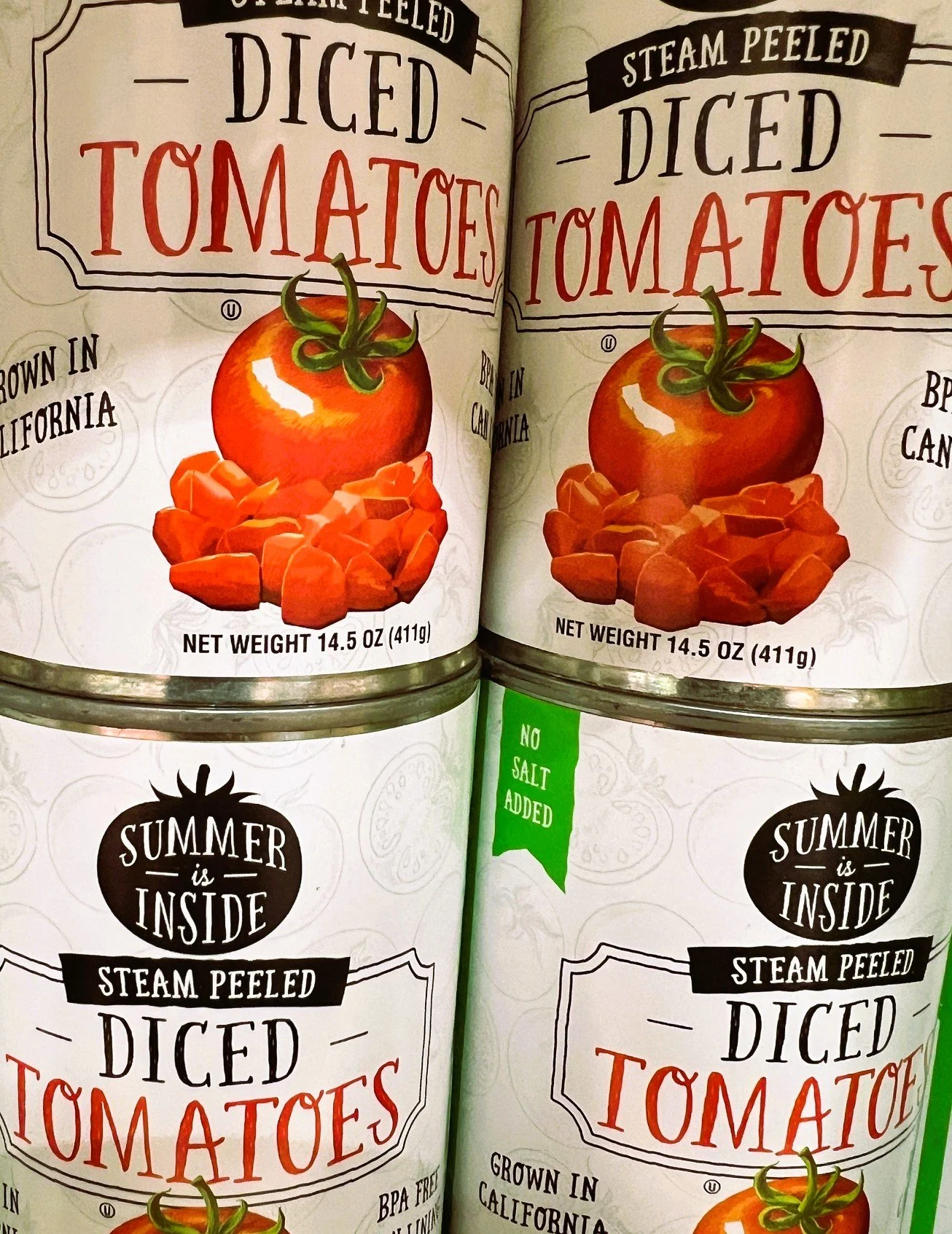Jonathan C. Lewis
Author and Artist
Tomato Soup
A fictional travelogue; four minutes to read.
It’s Thursday night, 8:20 pm, in Oaxaca, Mexico. I’ve wandered into a neighborhood church.
One student, one moment, out of hundreds of high school history classes, simmers like a hot cauldron of stewing tomatoes. The memory is indigestible.
I half expected the doors to be locked. Instead, from the altar a balding priest with a full beard intones a Latin prayer. Seven congregants—four men, three women—bow their heads. The mood is reverential, respectful.
A late arrival scurries into a pew, makes the sign of the cross, then shrinks into her prayers. That makes eight congregants. I’m no Catholic, but I make it nine.
Despite a few wood Baroque angels flanking the priest, this church is plain. Just like the high school where I teach, it needs painting.
My secular catechism is teaching the history of civilization. My classroom walls are covered with pictures of famous people cut from old magazines.
In years when class discussions covered religious history, things have not gone well. When I cite the well-honed religious practice of looking down on, if not outright persecuting, people in other religions, some students take offense. If I point out that, except for the occasional person who converted into a new faith, most of us owe our religious rituals to the random accident of where our parents were born, an after-school conference with irate parents is guaranteed.
Some of my students wear crosses, others a Star of David, still others Arabic calligraphy quoting the Quran, but universally they slather ketchup on French fries, so this past year I invented a lesson plan to study tomatoes as a safe substitute for religious studies. Worldwide, there are as many as 10,000 distinct religions and about 10,000 varieties of tomato.
For teaching tolerance, I thought tomatoes might be more appetizing. Like the people who grow, cook and eat them, tomatoes are diverse. Tomatoes come in red, yellow, orange, pink, purple, black, green, white and striped varieties.
No tomato has ever been attacked, tortured or killed for being an infidel. Priests, monks, rabbis, ministers and imams are ecumenically pro-tomato. No commandments, torah readings or fatwahs banish them.
Latin America is the ancestral home of tomatoes. Wild tomato plants first rooted here before spreading globally. Wild varieties are available in the covered street markets.
I get a kick out of hearing my students gasp and groan when I lecture, “In Oaxaca, Mexicans invented tomato-based mole coloradito. Turks enjoy stuffed eggplant in tomato sauce. Filipinos make a sweet banana ketchup. Israelis and Tunisians share a love of spicey shakshuka. Spanish gazpacho. Italian margarita pizza. German currywurst. West African jollof rice. The British like tinned tomatoes on toast. Japanese eat ketchup fried rice.”
Scott, a quiet boy, is in the back row paying attention, unusually for him. He’s a junkyard boy—as thin as twisted scrap metal—wiry, wary, wondrous at the worlds inside his textbook. I doubt he has traveled beyond his house block, the nearby shopping mall, the school grounds. Bus fare is a luxury, so he walks everywhere.
After I mention that 97% of Americans have ketchup in their pantry and Canadians eat more ketchup per person than anyone else, Scott shares a recipe, “My mom mixes hot water with ketchup to make us tomato soup.”
